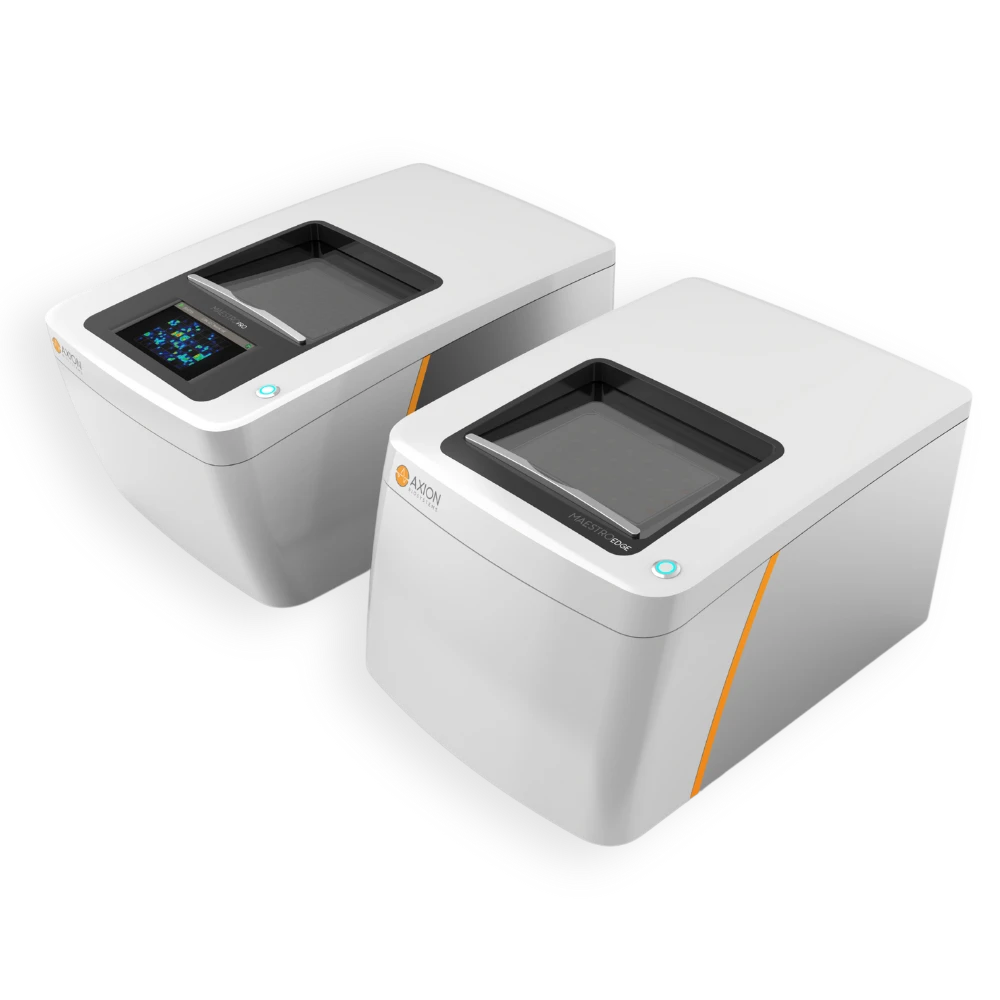At Apex Scientific, we offer advanced Real Time Cell Analysis solutions for laboratories in South Africa. Our range includes Impedance Cell Analyzers, Live Cell Imaging systems, and Micro Electrode Array Analyzers. These technologies enable continuous, label-free monitoring of cellular activity. We partner with Axion Biosystems to ensure high performance and reliability. To learn more, read our article, Why the Right Impedance Analyzer Matters for Your Laboratory Research on our Insights page.

Copyright 2025 © Apex Scientific